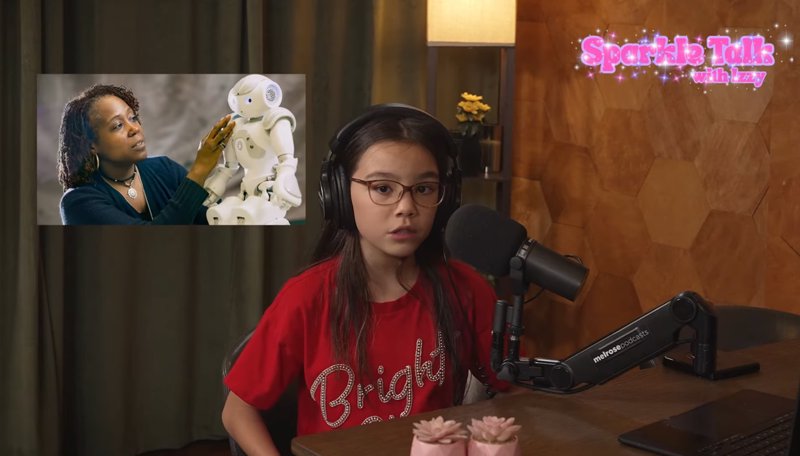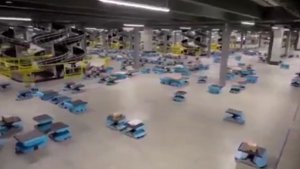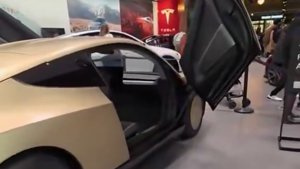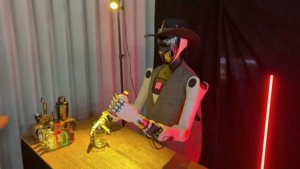In a corner of the internet not powered by rage-clicks and ephemeral dance challenges, a young creator named Izzy is delivering a surprisingly cogent breakdown of the modern robotics landscape. Her show, “Sparkle Talk,” recently tackled the world of automation, and frankly, the summary is clearer than what you’d get in some corporate boardrooms. The video effortlessly pivots from discussing the Intuitive Surgical da Vinci system, which gives surgeons “superhero steady hands,” to hospital logistics robots like Diligent Robotics’ Moxi, which saves nurses miles of walking per shift.
The overview doesn’t just stick to the usual industrial or medical fare. Izzy dives into the softer side of robotics with PARO, the therapeutic robot seal developed in Japan to comfort patients with dementia, and then pivots to environmental applications with RangerBot, a vision-based underwater drone from Queensland University of Technology that protects coral reefs. The segment even gives a nod to prominent roboticists like Dr. Ayanna Howard, a former NASA innovator who now develops therapy robots for children. It’s a remarkably broad and optimistic survey of the field, presented with more glitter than a typical engineering seminar.
Why is this important?
While the presentation is clearly aimed at the “Sparkle Squad,” the existence of this content is significant. It represents a fundamental shift in STEM education, where complex, multidisciplinary topics like robotics and AI ethics are being distilled and disseminated by young, native digital creators. This isn’t a dry textbook lecture; it’s peer-to-peer communication that could inspire the next generation of engineers and, perhaps more crucially, the ethicists who will govern them. By framing advanced automation in terms of helping people and the planet, it bypasses the usual dystopian tropes and builds a foundational understanding of robotics as a collaborative tool, not a replacement for humanity.






